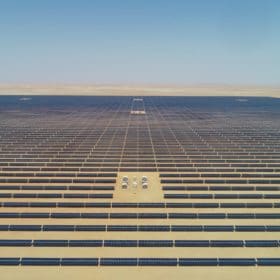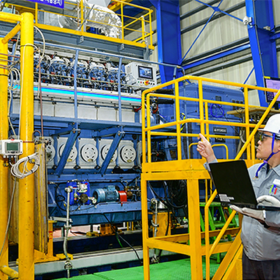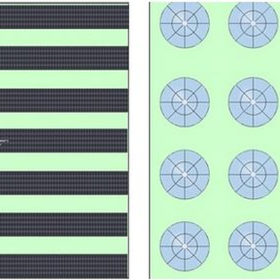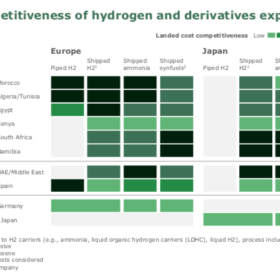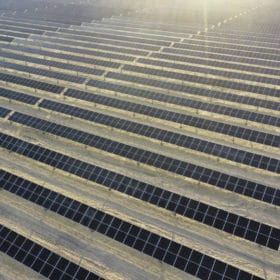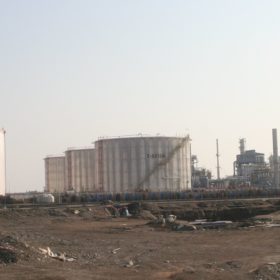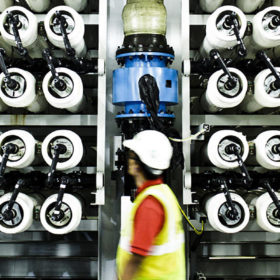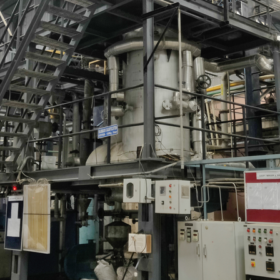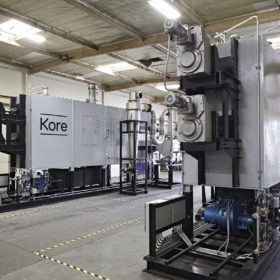Solar Wadi launches tender for 100 MW PV plant in Oman
Omani developer Solar Wadi is seeking engineering, procurement and construction contractors to build a planned PV project in Sohar Industrial City, Oman.
The Hydrogen Stream: Hyundai inches closer to hydrogen engine development
Hyundai Heavy Industries has revealed plans to develop a hybrid engine with more hydrogen by 2023, and a complete hydrogen engine by 2025. Japan, meanwhile, has signed hydrogen-related agreements with Saudi Arabia and Oman.
Photovoltaics vs. concentrated solar power
Omani researchers have compared the performance of PV and concentrated solar power (CSP) in terms of energy generation intensity and the effective use of land at low latitudes near the Tropic of Cancer. They described nine project typologies and ranked them with three different simulation tools.
The Hydrogen Stream: Africa could become key green hydrogen market by 2050, says Masdar
Masdar says Africa’s annual hydrogen exports could hit 40 million tons by 2050, while Israeli researchers have published a new study on the discharge characteristics of oxidized intermediates formed under water photo-oxidation conditions.
Oman kicks off tender for 500 MW solar park
The Omani authorities aim to develop a 500 MW solar project in Ibri, in northwestern Oman, where other PV facilities are located. It will be commissioned by the fourth quarter of 2026.
The Hydrogen Stream: Researchers identify light-triggered coupled oxygen evolution mechanism
Researchers in Singapore have developed a new light-triggered coupled oxygen evolution mechanism that builds on past oxygen evolution research. Oman, meanwhile, has announced a new hydrogen strategy.
OQ to build 100 MW solar park at oil and gas site in Oman
OQ says it will set up a new 100 MW solar park at the Block 60 concession area, which is owned by Oman Oil Corporation Exploration & Production.
Large scale solar to power desalination unit in Oman
TotalEnergies and Veolia will construct a 17 MW solar facility at Veolia’s Sharqiyah Desalination plant in Oman. The PV plant will have an estimated annual production of 30,000 MWh and will be able to cover more than a third of the desalination plant’s daily consumption.
The Hydrogen Stream: Steam-based tech to produce 100 g of hydrogen from 1 kg of biomass
Researchers from the Indian Institute of Science (IISc) developed a two-phase hydrogen production technology that is capable of using steam to produce hydrogen from biomass. Furthermore, an Indian-Norwegian consortium is developing green ammonia in Oman, Toshiba is starting research on hydrogen production from geothermal energy, and Thyssengas is selecting personnel for the conversion of around 20% of its gas network.
New method could potentially produce hydrogen from biogas for $2/kg
Kore, an energy startup in California, has developed a new way to produce hydrogen from biogas, and is now poised to build a commercial-scale demonstration facility in Los Angeles. It said half of the carbon in the feedstock can be converted into gas, while the other half can be converted into solid elemental carbon char.
